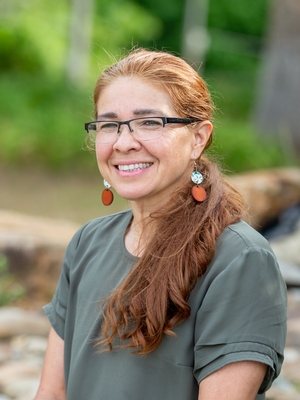World Languages Program
Children in our infant program are introduced to American Sign Language. This empowers them to communicate even before they begin to speak and engages their brains in early language skills.
In support of our commitment to and celebration of diversity, our students start learning Spanish in the toddler program through an immersion approach with a native speaker. Weekly exposure continues through the Lower School until Upper School when students can partake in more advanced studies in Spanish level I, II, III, and IV. Students with more interest in World Languages can further their studies online or via dual enrollment with languages including French, German, Mandarin and more.
Spanish Department
Montessori School of Anderson offers a comprehensive Spanish program designed to immerse students in the language and culture of Spanish-speaking countries. The program aims to develop proficiency in speaking, listening, reading, and writing in Spanish, while also fostering an appreciation for the diverse cultures associated with the language.
Major Focus Areas
The Montessori School of Anderson Spanish program is committed to providing students with a rich, immersive experience that not only enhances their language skills but also broadens their cultural horizons. By the end of the program, students will be well-equipped to communicate confidently in Spanish and appreciate the rich cultural diversity of the Spanish-speaking world.
Meet our faculty and staff

Sra. Wickiser is from Costa Rica. She has lived in the USA since 2005 and became a citizen in 2017. She is the mother of 3 children and the grandmother of four beautiful grandchildren. She has been a Spanish teacher since 2011. With over 13 years of experience teaching high school programs and over 4 years teaching lower levels, her expertise prepares students who want to compete for the NSE (National Spanish Examination) and Seal of Biliteracy, a very prestigious seal stamped on the High School Diploma. She is known for encouraging and motivating students to speak the target languages and her dedication to continuous learning. Sra. Wickiser trains every year with the South Carolina Department of Education: World Languages department, and she is currently training with the Cervantes University of Spain to get her International Teaching Certification. She is also a member of the American Association of Teachers of Spanish and Portuguese (AATSP). In addition to her professional work, she is passionate about outdoor activities, holistic health and nutrition approaches, sewing, and knitting.
